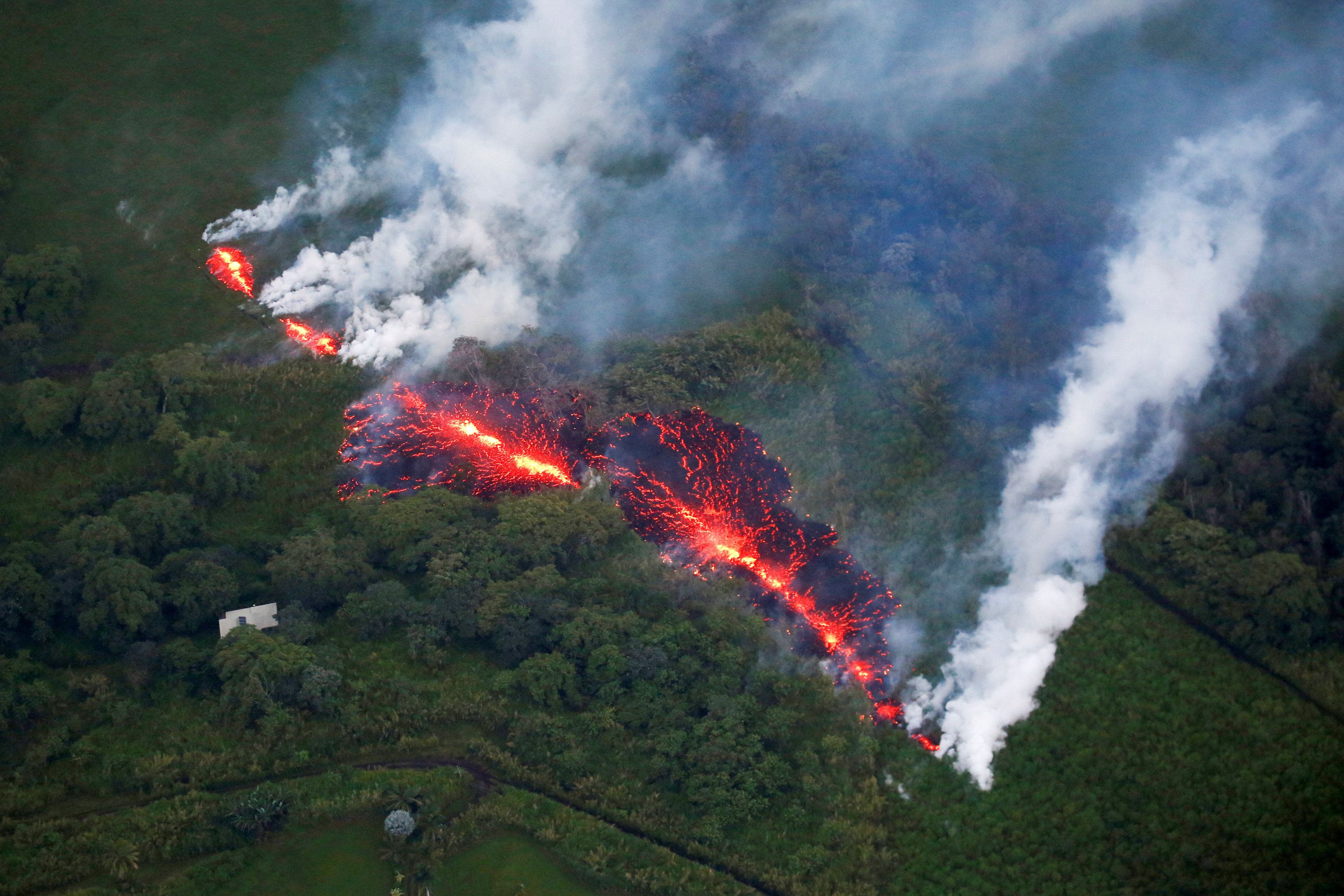People nixing vacations to Hawaii's Big Island has cost the tourism industry millions of dollars as the top attraction, Kilauea volcano, keeps spewing lava.
Cancellations from May through July have hit at least $5 million, said Ross Birch, executive director of the island's tourism board. The booking pace for hotels and other activities, such as tours for lava viewing, zip lines and glass bottom boats have fallen 50%. A handful of cruise ships have also decided not to come into port even in Kona on the west side of the island, about 80 miles (129 km) away from the volcano, AP reported.
This is the "first leak we're seeing out of the bucket," Birch said. Tourism is one of Hawaii's biggest industries and a big part of the local economy. The industry grew the fastest on the Big Island last year compared to other islands in the archipelago, pulling in about $2.5 billion in visitor spending.
Incessant Seismic Activity
Most of the Hawaii Volcanoes National Park remains closed to visitors due to ongoing seismic activity and the possibility of an explosion at the summit.
On Monday, another fissure spewing lava and unhealthy gas opened up, and a crack in the Earth that emerged a day earlier was sending molten rock on a slow run for the ocean, officials said.
Civil defense officials warned vents in the southeast section of the Lanipuna Gardens neighborhood were releasing levels of sulfur dioxide that pose an immediate danger to anyone nearby. The gas may cause choking and make people unable to breathe, the county said as it warned people in the area to leave.
Nearly 20 fissures have opened since the Kilauea volcano started erupting 12 days ago, and officials warn it may soon blow its top with a massive steam eruption that would shoot boulders and ash miles into the sky.
Overall, nearly 2,000 people have been told to evacuate since May 3, and lava has destroyed more than two dozen homes.
Few fissures, ground deformation and abundant volcanic gases indicate eruptions on the eastern flank of Kilauea are likely to persist, the Hawaiian Volcano Observatory said.


